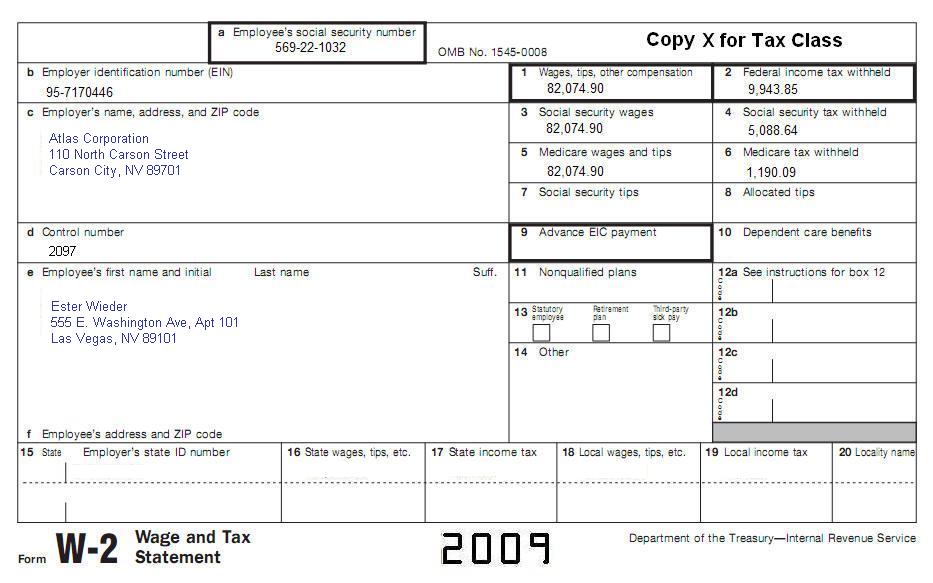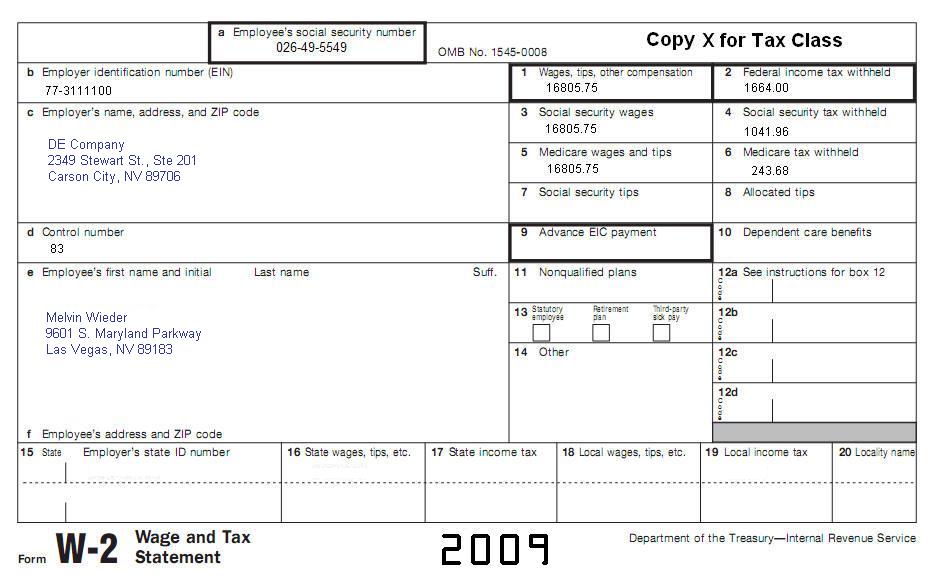|
|
| Back to Tax School Homepage |
|
Tax Topic 28 - Divorced or Separated Individuals
In this tax topic you will learn the tax rules that apply to divorced or separated individuals. In this topic you will also cover general filing information and even more information on filing status and exemptions you are entitled to claim when you are divorced or separated. In addition, you will learn about payments and transfers of property that occur as a result of divorce such as alimony and how you must report them on the tax return. Finally, your will become familiar with the deductions allowed for some of the costs of obtaining a divorce. Student Instructions:Print this page, work on the questions and then submit test by mailing the answer sheet or by completing quiz online. Instructions to submit quiz online successfully: Step-by-Step check list Answer Sheet Quiz Online Most forms are in Adobe Acrobat PDF format.
Material needed to complete the sections in this assignment:Use IRS Publication 504, IRS Publication 555 and IRS Publication 971 to complete this topic. Prepare a Form 1040. Esther must pay her former husband $20,000 in cash each year for 10 years. The death of her former spouse would not terminate these payments under state law. Esther's former spouse's name is Frank Eiffel (SSN 463-34-3426). Esther does not have any children. Esther has remarried. Her new husband's name is Melvin Weider. For 2009, Melvin received $6,000 in court ordered alimony payments. They lived in the same household all year. She is currently having marital problems and her husband does not want to file jointly with Esther. Esther happens to have copies of her husbands W-2. She has tried to convince him to file jointly with her, but has had no success. There is no other income for either one. Use the following information and Form W-2 to complete return. There is no other information.
|
| Back to Tax School Homepage |


